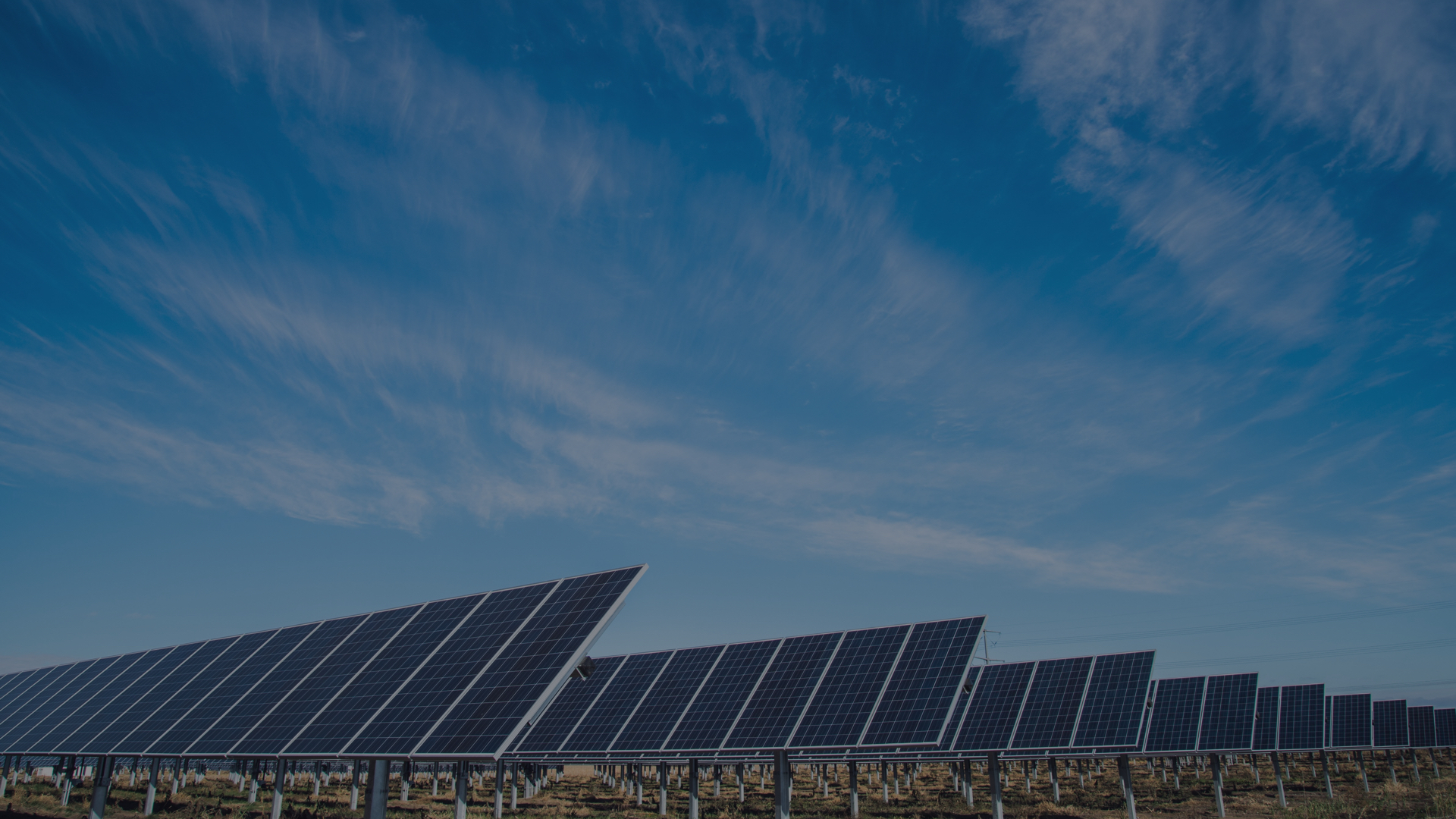SAN JOSE, Calif.–Any way you look at it, the solar business is going to be big in 2010, according to equipment manufacturer Applied Materials.
By then, a number of solar-cell manufacturers will be running plants with 10 production lines, and each production line will be capable of squeezing out 100 megawatts worth of solar cells a year, Charlie Gay, vice president and general manager of Applied’s Solar Business Group, said on Tuesday during a luncheon briefing at Solar Power 2006, a conference taking place here this week.
That comes to 1,000 megawatts a year per factory, which is about how much electricity gets produced by a coal or nuclear plant, he said. Build a megasize solar factory, therefore, and you don’t have to build a coal-fired power plant. Put another way, the entire output of solar cells made in 1980 could be produced in a day in one of these plants.
These factories, moreover, will be huge: A 1,000-megawatt solar facility will likely be 200 times larger than the typical 300-millimeter semiconductor facility. Those often cover more than 10,000 square meters. Unlike chips, solar cells don’t shrink in size over time without losing efficiency.
These factories will also consume a lot of silicon. Gay estimated that each watt of power will require 7 grams of silicon, which means that each 1,000-megawatt plant will need 7,000 tons of processed silicon a year.
“If you divide that by 365 days a year, it comes to about 20 tons a day, or nearly 1 ton an hour,” he said. Although the solar-panel industry right now is suffering through a shortage of processed silicon, several chemical processors in China, Japan and Korea are currently building up capacity. This should help alleviate the current shortage by mid- to late-2008, he said.
To Applied, of course, these numbers are music. The company, which is one of the largest manufacturers of semiconductor manufacturing equipment, sells solar-manufacturing equipment too. Earlier this year, the company bought Applied Films, a solar-equipment manufacturer.
Applied Materials also makes equipment for producing TFT panels, the glass that goes into LCD panels; with a few tweaks, the same equipment can be used to produce some types of solar cells. By 2010, Applied hopes that solar equipment will add $500 million to revenue annually.
Until recently, solar manufacturers often developed or at least tweaked their own manufacturing equipment, said Gay, who has worked in the solar industry for years. The rise in demand, however, is prompting more of them to look at equipment from third-party manufacturers, particularly because these third-party manufacturers specialize in high-output machines.
“A whole new set of equipment becomes interesting to the solar industry,” he said.
Semiconductors and TFT glass, however, sell for more, in terms of square meter, than solar panels. A square meter of LCD glass might be worth $1,350. These manufacturers can thus afford the multimillion-dollar products that Applied produces. Some solar manufacturers at the show said it remains to be seen how much, in terms of capital equipment, solar cell manufacturers will be able to afford.
Gay, however, noted that demand is rising and that the prices of solar cells, measured in cost per watt, continue to drop. In 1980, a solar panel cost about $21 per watt. (That is, each watt produced from the panel would cost about $21 each over the life of the panel.) Now it’s about $2.70 per watt.
By 2010, crystalline silicon solar cells will sell for about $1.25 to $1.50 per watt, while thin-film solar cells will sell for 90 cents to $1.30 per watt. The thin-film cells, however, will be less efficient.
He likened the cost decline to what has occurred in transistors. In 1974, a transistor cost about 10 cents to produce. Now, an individual transistor costs 5 nanodollars, or 5 billionths of a dollar. Producing an iPod back in 1974, he extrapolated, would have cost a few billion dollars.
